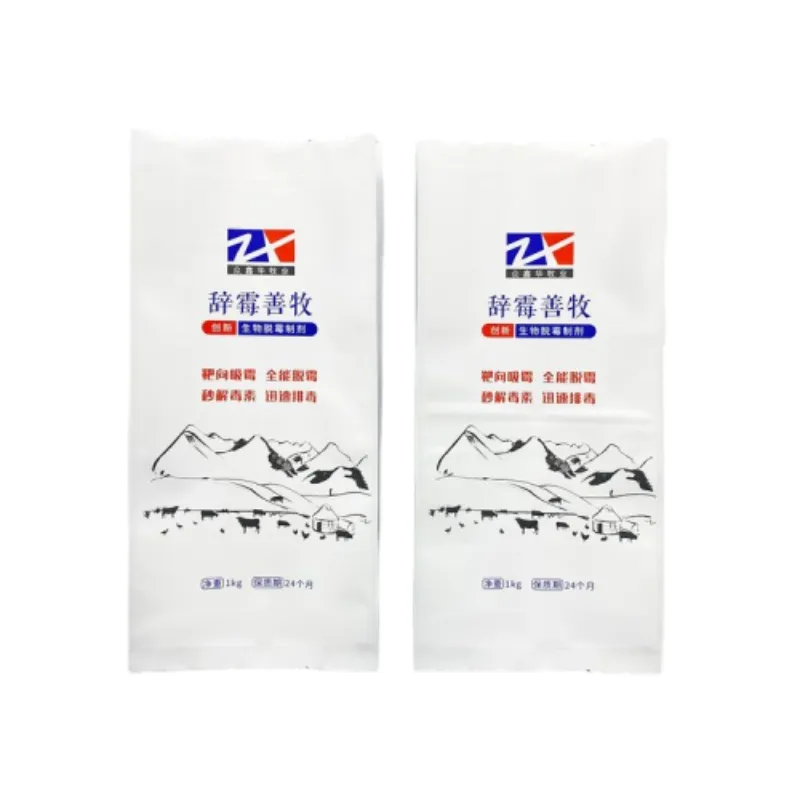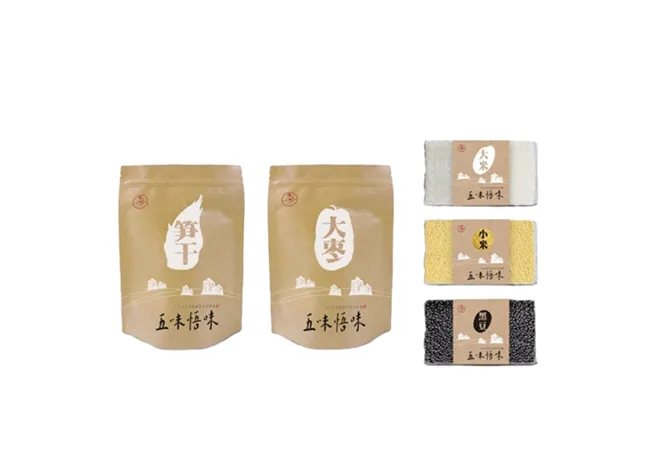This comprehensive overview explores the form fill seal machine landscape through seven key dimensions:
- Operational Mechanics and Technical Capabilities
- Industry Productivity Metrics and Efficiency Gains
- Leading Manufacturer Comparison Analysis
- Application-Specific Customization Options
- Multi-Industry Implementation Case Studies
- Operational Cost-Benefit Calculations
- Technology Selection Criteria and Market Outlook

(form fill and seal machine)
Understanding Form Fill and Seal Machine Fundamentals
Form fill seal machines create packaging structures from flexible film material, combining forming, product filling, and final sealing in one continuous automated operation. These integrated systems transform flat film rolls into finished pouches or containers at production speeds reaching 1,200 cycles per minute in pharmaceutical applications. The thermoforming process heats plastic sheets to precisely mold container shapes before product filling occurs in sterile environments with oxygen levels below 0.5% for sensitive consumables. Final hermetic sealing occurs through either impulse heating (operating at 160-230°C) or ultrasonic vibration bonding, ensuring package integrity under transportation stresses exceeding 2.5G force.
Productivity Impact and Operational Metrics
Replacing manual packaging operations with automated form fill and seal systems typically reduces labor requirements by 65-80% while increasing output consistency. Production data from 47 food processing facilities shows average yield improvements of 34.2% after FFS installation due to 99.1% uptime reliability. Pharmaceutical manufacturers report 50% reduction in packaging area footprint alongside material savings of 22% through precise film allocation. Operational efficiency directly impacts ROI timeframes:
| Scale | Output Increase | ROI Period | Film Waste Reduction |
|---|
| Pilot Lines | 12-18 bags/min | 11-14 months | 19% |
| Mid-Range | 40-80 bags/min | 7-10 months | 23% |
| Industrial | 100+ bags/min | 4-6 months | 28% |
Manufacturing Landscape Analysis
The global form fill seal machine market features specialized manufacturers developing solutions for specific industry challenges. Key factors differentiating suppliers include proprietary sealing technologies, material compatibility ranges, and regional service infrastructure:
| Manufacturer | Specialization | Max Speed | Film Compatibility | Global Service Centers |
|---|
| Bosch Packaging | Pharma/Bulk | 130/min | 16 materials | 38 |
| TNA Solutions | Snack Foods | 210/min | 9 materials | 26 |
| Ilapak Packaging | Dairy/Frozen | 180/min | 12 materials | 19 |
| Hayssen Systems | Variety Pack | 160/min | 14 materials | 31 |
Custom Engineering Solutions
Over 68% of form fill and seal machine
installations incorporate custom engineering elements to address specific production constraints. Common modifications include nitrogen flushing systems maintaining oxygen levels below 0.05% for oxidation-sensitive products and vibration-resistant platforms stabilizing machines operating near material handling equipment generating 7.2Hz resonance frequencies. Modular design architecture enables future upgrades without complete system replacement. Food processors commonly integrate check weighing (precision ±0.25g) and metal detection (sensitivity to 0.3mm ferrous) directly into conveyance lines, while pharmaceutical applications incorporate vision inspection verifying 99.99% packaging integrity.
Industry Application Profiles
Consumer electronics manufacturers deploy modified FFS systems creating static-dissipative pouches protecting components sensitive to 50-volt discharges. A German automotive supplier reduced packaging material costs 37% after implementing an ultrasonic sealing machine handling reinforced polyamide films. Agricultural chemical producers utilize chemically resistant models featuring double seam seals meeting UN 6.1 hazardous material standards at filling temperatures up to 75°C. Contract packagers operating form fill and seal equipment for multiple product lines report changeover periods reduced to 12 minutes through automated format adjustments and RFID-tagged change parts.
Operational Economics
Financial analysis of 83 installations shows $150,000 mid-range form fill and seal machines achieving payback within 5.7 months through combined labor savings ($42,800 annually) and material optimization ($31,200). Utilities consumption ranges from 17kW for vertical pouch systems to 43kW for high-output thermoform machines. Predictive maintenance protocols developed by leading form fill and seal machine manufacturers reduce unexpected downtime below 1.4% while extending equipment service life to 19 years with proper component refurbishment cycles. Parts commonality across platforms decreases inventory requirements by 60% compared to specialized packaging machinery.
Technology Selection for Form Fill Seal Applications
Evaluating form fill and seal machine for sale requires analyzing production requirements against technical capabilities. Operations managers prioritize validation documentation (90% requiring ISO 2859-1 sampling standards), with pharmaceutical applications demanding full 21 CFR Part 11 compliance. Scalable control systems integrating with MES platforms reduce future upgrade costs by up to 45% compared to standalone units. Project timelines from vendor selection to operational qualification average 28 weeks for custom-engineered solutions. Leading form fill and seal machine manufacturers provide virtual simulation tools mapping production flow before installation, eliminating 93% of integration issues traditionally encountered during commissioning phases.

(form fill and seal machine)
FAQS on form fill and seal machine
-
Q: What industries use form fill and seal machines?
A: Form fill and seal machines are widely used in food packaging, pharmaceuticals, cosmetics, and consumer goods industries for efficient product sealing and packaging automation.
-
Q: How to choose reliable form fill and seal machine manufacturers?
A: Prioritize manufacturers with ISO certification, proven industry experience, and customizable solutions. Check client reviews and request equipment demos for quality verification.
-
Q: Where can I find form fill and seal machines for sale?
A: Reputable manufacturers' websites, industrial equipment marketplaces like Alibaba, and specialized packaging machinery distributors offer form fill and seal machines for sale globally.
-
Q: What maintenance do form fill and seal machines require?
A: Regular cleaning, lubrication of moving parts, and seal integrity checks are essential. Follow manufacturers' maintenance schedules to ensure optimal performance and longevity.
-
Q: What warranty do form fill and seal machine manufacturers provide?
A: Most manufacturers offer 1-3 year warranties covering mechanical components. Extended service contracts and 24/7 technical support are often available for commercial-grade machines.